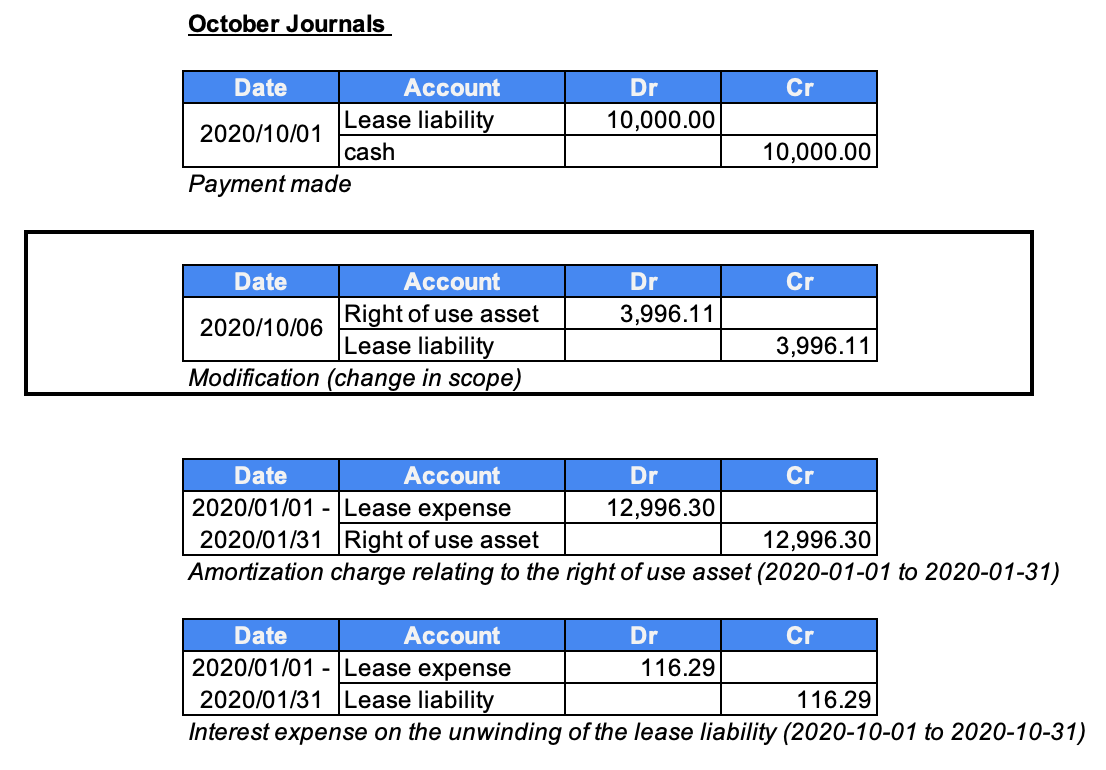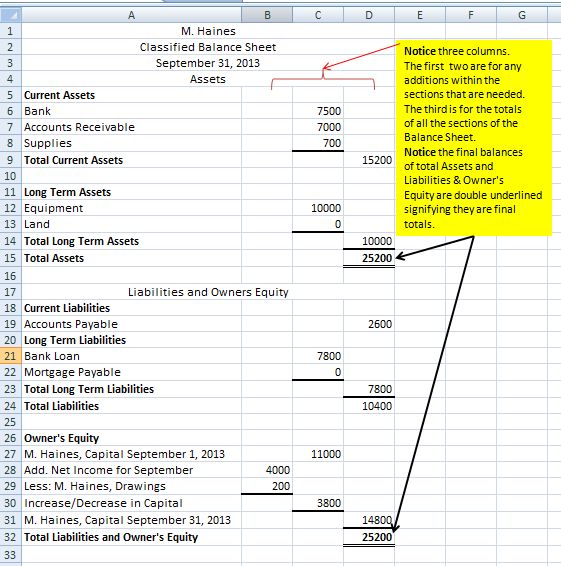Fortnite Chapter 2 Remix: How To Complete All Weekly Challenges & Quests
.jpeg)
This should be a fairly easy quest, in which all you have to do is eliminate 15 different opponents while wielding any assault rifle. It should be easy enough to achieve just by playing the game normally. For the first month, you should expect the DWP to ask further questions about your situation to help them best calculate the correct amount of Universal Credit to pay you.
If your health situation has changed, you will be required to answer additional questions about this. For instance, you may need to upload a fit note from your doctor, proving your change in health. Use your Clentaminator with green solution if the Ice biome is not pure, then start throwing your powder or water around to corrupt the biome with the other evil. Wait around until you beat Pigron (purple if it is Corruption, red if it is Crimson). You can then use the other solutions to transform the biome again and kill the other two Pigrons. If your underground snow bestiary is not complete, spend some time there with a water candle and battle potion to beat them.
- You can use any Helicopter to complete this challenge, and make sure to perform a quick save before attempting to fly under the harder bridges.
- This is a method using which we can write a quadratic equation given in standard form in its vertex form.
- Completing all five in a week will reward you with 10,000 XP total.
- The Rockstar Social Club features a 100% Checklist Progress page that shows exactly which missions and activities you completed, and which are still left to do.
How to Complete the Square: Example #1
If you want more taxes taken out of your paychecks, perhaps leading to a lower bill or a tax refund when you file, here’s how you might adjust your W-4. Fill in your name, address, Social Security number and tax filing status. Importantly, your tax filing status is the basis for which you might qualify for certain tax credits and deductions, and there are rules about which ones you can use. Our partners cannot pay us to guarantee favorable reviews of their products or services. Remember the alternate way to how to set up pin on vanilla gift card write a quadratic from Figure 1 earlier on?
Frequently Asked Questions
We explain how to fill in your Universal Credit online application form and help you answer the questions in the to-do list. Find out what you need to do to complete your Universal Credit application form. To make the big feat of fully completing Grand Theft Auto V easier for you, we’ve comprised this full list of what you need to do to achieve 100% completion in GTA 5.
FICA Tax: Definition and How It Works in 2024-2025
.jpeg)
It’s too late to tackle these at this point, but they might give you some idea of what other quest objectives you might see later in the season could look like. Each weekly quest completion rewards the player with 20,000 XP, which ultimately goes towards progressing the Battle Pass. Eventually, that’ll all go towards unlocking skins, emotes, and premium currency along the current Battle Pass track. Completing all five in a week will reward you with 10,000 XP total. This quest just requires you to find a single Mythic Item during the week.
Once the Christmas seasonal event is active, beat as many monsters as possible. There is one type of Bunny, 4 types of Slime, and 2 types of Zombie. Open as many Presents as possible, as you will have to quickly start and beat the Frost Legion. Otherwise, you will have to beat the Frost Moon again to make him spawn. Now that you have some evil seeds, plant them in a place where bitcoin cash abc cfds there is a lot of pure grass.
Completing the Square
You only need to complete any of these 14 Random Events to progress your GTA V 100% completion percentage, the choice of which ones is yours. Find the full list and guide to these side missions in our GTA V Strangers & Freaks guide. Further simplification of this will give you the quadratic formula. With this upgrade, you will have no trouble clearing out the flames that block your path. This completes A Moth To A Flame, and then the next story quest, the Promethean Flame, begins.
Let’s illustrate the completing the square formula with an example. If you haven’t heard of these conic sections yet,don’t worry about it. But, trust us, completing the square can come in very handy and can make your life much easier when you have to deal with certain types of equations. For the final step, we just have to factor and solve for any potential values of x.
Calculator, Practice Problems, and Answers
Go to a clothing store such as Didier Sachs, Ponsonbys, or SubUrban and buy a piece of clothing. While there are a total of 15 knife flights to perform around Los Santos, you only need to execute 8 of these stunts for 100% completion of the game. However, only the following 16 tasks are required for 100% completion of the game, while the others are optional. Find the complete list and guide of all the missions in our GTA V Story Missions guide. When you get all the pieces together, this is what the puzzle will look like.
There are a few ways to electronic ways to recover scammed bitcoin iq options investment scam influence this outcome, though – consider fighting story bosses, as many of them are guaranteed to drop Mythic items. There are seven quests available during week two of the current Fortnite season. After submitting your claim fully, you will have to wait five weeks to receive your first Universal Credit payment.




